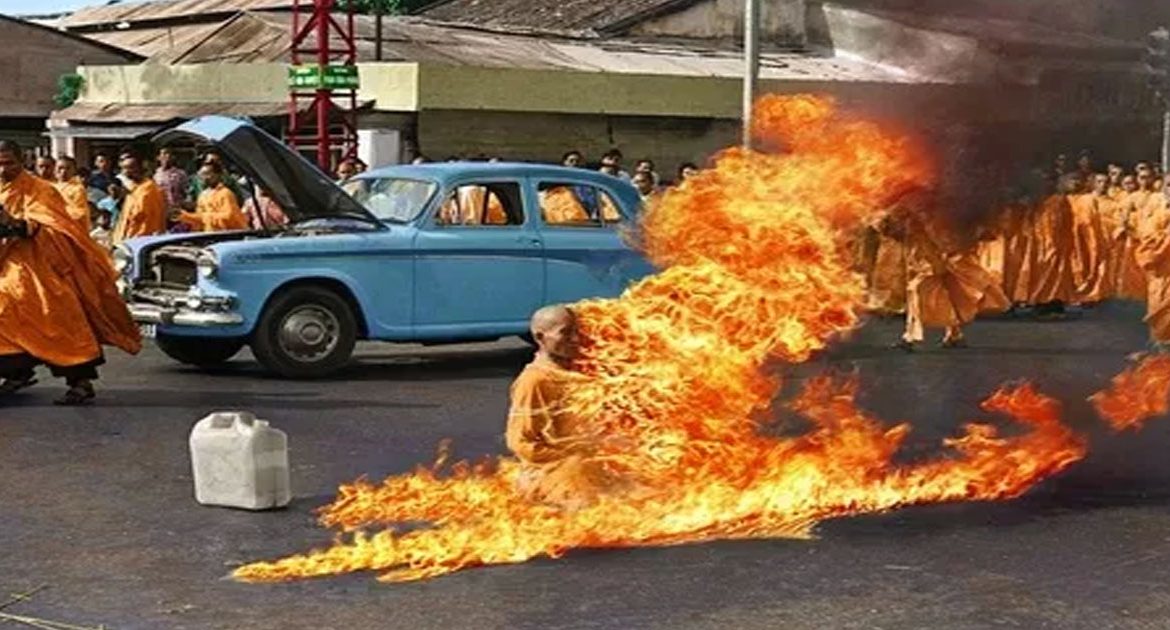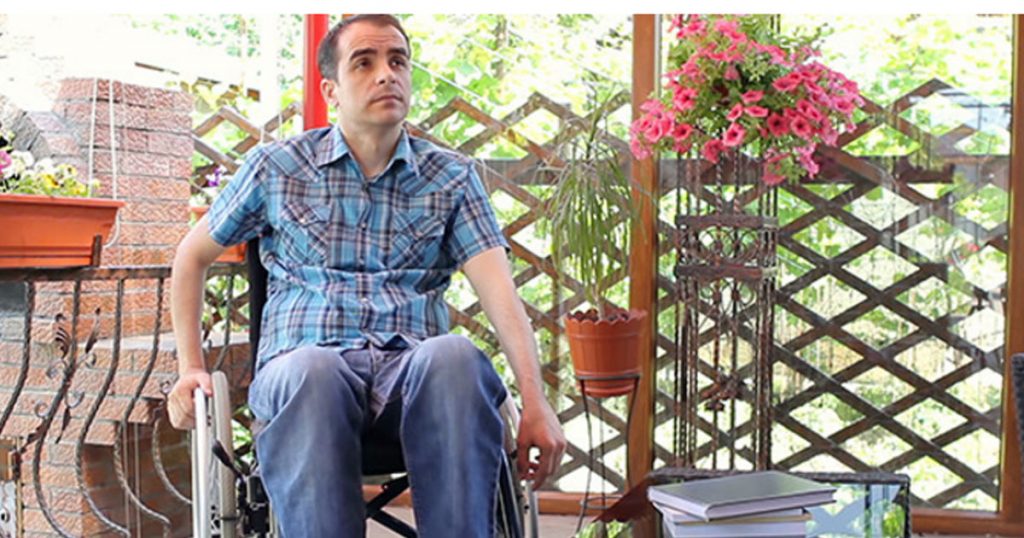Warning: This article contains images that some readers may find disturbing.
Some images leave such an impression on us that they remain imprinted in our minds. With an extraordinary power to touch us and stir emotions within us, it’s images capturing the human strength of will and conviction that we find particularly astonishing. One such example is a picture taken of the monk Thích Quảng Đức which became one of the defining images of the Vietnam War.

Thích traveled to Saigon (present day Ho Chi Minh City) in his sky blue Austin on June 11, 1963 to protest against the government. Unhappy with how the Buddhist minority were being suppressed in the country, the monk was intent on sending a clear message to the Vietnamese president Ngô Đình Diệm on this summer’s day. Maintaining perfect composure, he parked his car, had gasoline poured over him by a weeping student, and lit a match.
Thích Quảng Đức, moments before the inferno, 11th June 1963 via… https://t.co/nsh1DOmOGc pic.twitter.com/XXgpkPbnOf
— Historical Times (@htimes100) August 25, 2016
The monk was immediately set alight. The crowd looked on in disbelief as Thích, a picture of serenity, sat on the floor and let the flames engulf him.

Journalist David Halberstam was there that day to witness this horrific scene and could hardly believe what he was seeing. This was a moment that will remain with him for the rest of his life.
David Halberstam, the story of one of the greatest reporters of our time https://t.co/pxQQF4PNRf #journalism pic.twitter.com/vbN3mDMPQo
— Carlapedret (@Carlapedret) May 4, 2017
Halberstam wrote: «I was to see that sight again, but once was enough. Flames were coming from a human being; his body was slowly withering and shriveling up, his head blackening and charring. In the air was the smell of burning human flesh; human beings burn surprisingly quickly. Behind me I could hear the sobbing of the Vietnamese who were now gathering. I was too shocked to cry, too confused to take notes or ask questions, too bewildered to even think (…) As he burned he never moved a muscle, never uttered a sound, his outward composure in sharp contrast to the wailing people around him.»
In June 1963, Thích Quảng Đức lights himself on fire in protest of the oppressive Diem government in South Vietnam. pic.twitter.com/Mvz7CI1srN
— Shanmugam (@shanmugam46664) August 19, 2015
Photographer Malcolm W. Browne was also at the scene, later receiving the Pulitzer Prize for his remarkable picture. The photo was seen around the world and still resonates today — the political rock band Rage Against the Machine used the shocking image as the cover for their debut album.
The monk’s sacrifice left a prominent legacy. After his self-immolation, Thích’s body was taken to a crematorium so that it could be incinerated for a second time. Yet the workers there would find something truly incredible in his ashes: the monk’s heart had been spared from the flames! Today, it’s displayed at a museum as a symbol of compassion and strength of will.

This dramatic act of protest increased pressure on the government to relax restrictions and enter fresh negotiations with representatives from the Buddhist minority. Thích became a symbol for extreme protests and beliefs, even though the Vietnam War was to claim many more victims. You can still see Thích’s remains and sky blue car in the city of Hué.
Thích Quảng Đức's Austin Car at Huế's Thien Mu Pagoda. pic.twitter.com/34vJtewrTD
— Mark (@MarkyLott) October 9, 2014
Whatever you feel about this type of protest, you cannot deny that it left its mark on history.






